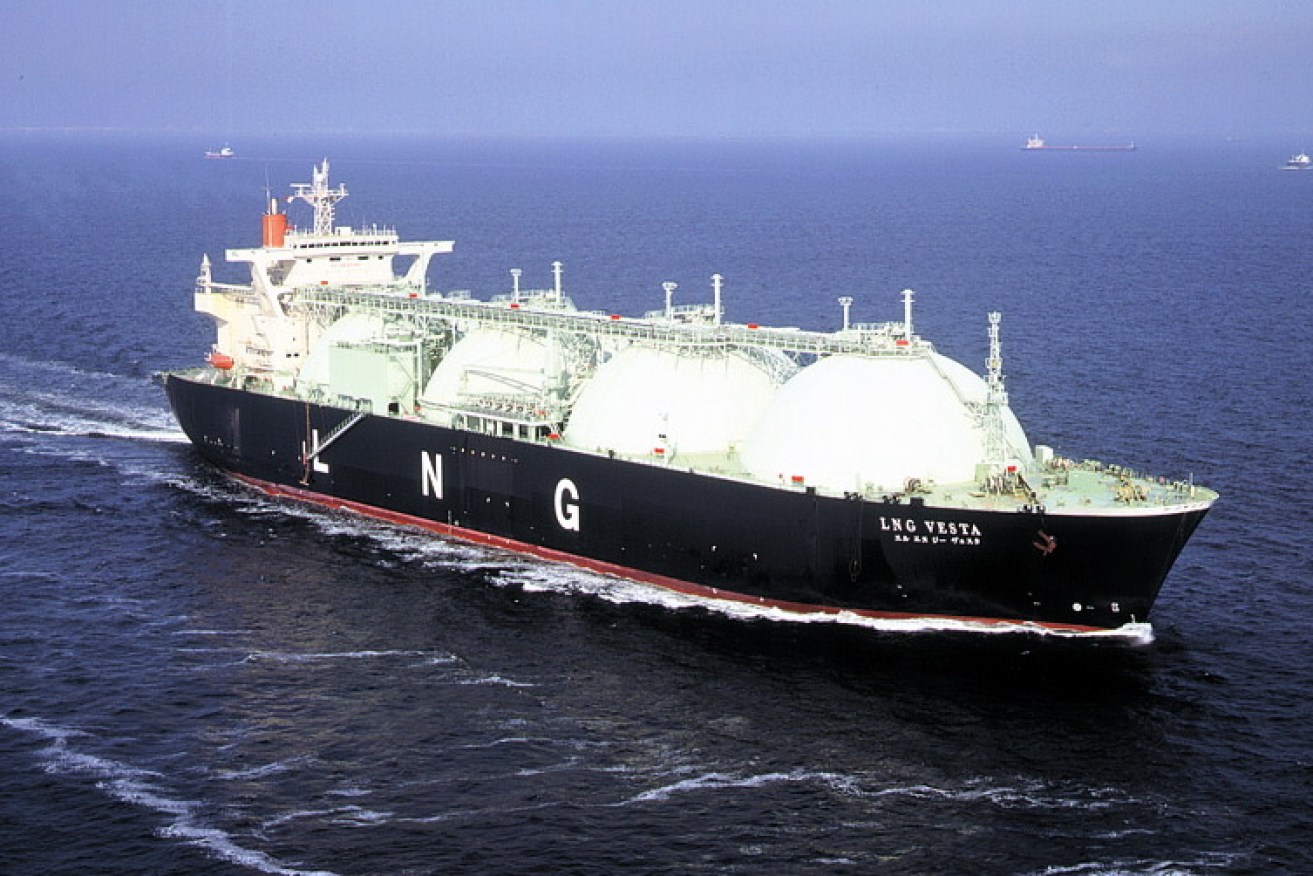Australia set to dodge recession as current account deficit shrinks to 1970s levels

Australia has massively increased its volume of LNG exports over recent years. Photo: AAP
A surge in commodity prices and exports, as well as reasonable government and household spending, are almost certain to keep Australia out of recession.
Australia posted a 0.5 per cent economic contraction in the September quarter and if the December quarter data, out on Wednesday, shows another fall in gross domestic product (GDP) it would put the nation into a so-called technical recession.
The last time Australia had two consecutive quarters of economic contraction was the “recession we had to have”, which ended in 1991.
However, aside from the issue of whether such a narrow and rigid definition of a recession is even useful, it now appears almost impossible that Australia will post the requisite second quarter of contraction in the December quarter.
Partial figures that feed into the national accounts have generally been supportive of growth.
In his final GDP forecast ahead of Wednesday’s release, CBA senior economist Gareth Aird predicted Australia’s economy would expand 0.7 per cent in the last quarter of 2016.
“If correct, the figures will show that the third quarter weather-related contraction in output was a temporary aberration,” Mr Aird wrote in a note.
That would easily keep Australia away from recession and leave annual growth around 1.9 per cent, barring significant revisions to the third quarter number.
CBA is not alone, with Westpac massively increasing its GDP forecast from 0.4 to 0.9 per cent quarterly growth, and ANZ tipping a 1 per cent expansion.
Although, it is worth remembering that the lowest GDP forecast for the September quarter was 0.0 per cent, and the result was -0.5.
Public infrastructure, household spending, exports up
Mr Aird said the fourth quarter data were likely to see a continuation of recent economic trends.
“Over the past few years, the main contributions to GDP growth have come from household consumption, net exports and dwelling investment,” he observed.

Gareth Aird predicts that Australia’s economy will expand in the last quarter of 2016.
“Conversely, business investment has been a drag on growth.
“Most of these themes will be evident again in the fourth quarter data.”
CBA is forecasting that household consumption will contribute 0.3 percentage points to quarterly GDP, as will public demand (mainly from infrastructure investment), while net exports will add 0.2 percentage points and dwelling investment 0.1.
Conversely, falling business investment will take 0.1 of a percentage point from growth, while a slower growth in business inventories will subtract 0.2 percentage points.
Current account deficit lowest since 1979
The current account deficit – the gap between Australia’s earnings from overseas and its payments to foreigners – fell by around two-thirds to $3.9 billion.
That is around 0.9 per cent of Australia’s GDP and the lowest deficit on that measure since 1979.
Investment bank UBS is tipping that Australia’s current account will return to surplus in the first quarter this year for the first time since the mid-1970s.

Australia is the closest it has been to a current account surplus since the late 1970s. Photo: UBS
UBS said that is likely to support a higher Australian dollar, and may also help the federal government retain its AAA credit rating past this May’s budget.
-ABC








